The Jaw-Dropping Reality of Today’s EV Charging
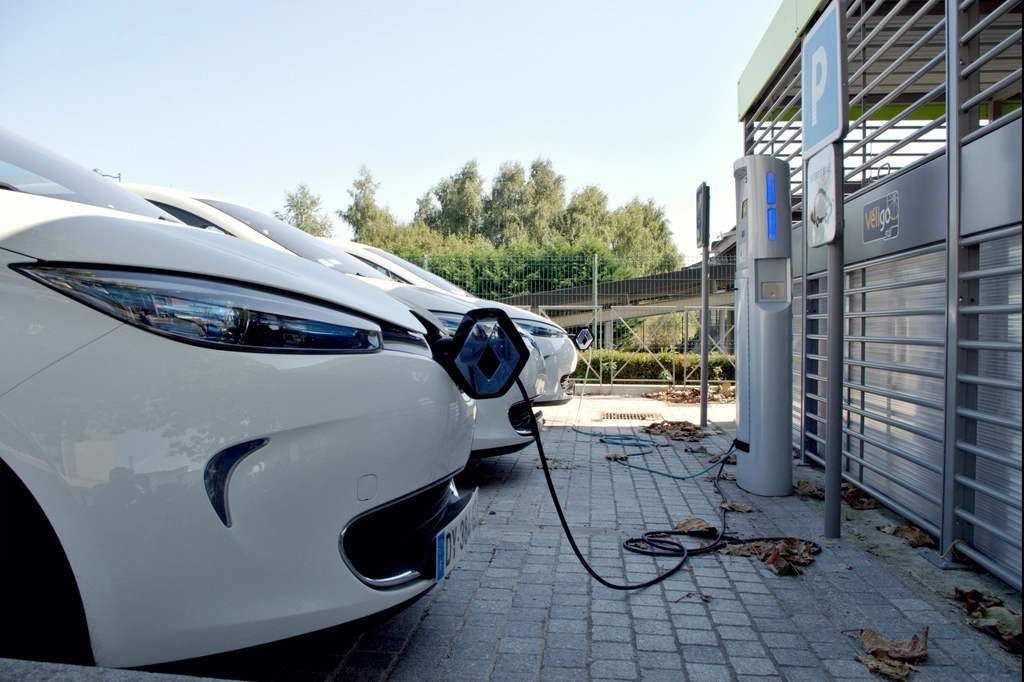
Electric vehicles have become the poster child for the future of clean transportation, but anyone who’s sat at a public charger knows the wait can feel like an eternity. Even as EV sales have soared—rising to a record 6.6 million in 2021, more than double the previous year—charging times still lag far behind the quick pit stops of gas-powered cars. Most standard home chargers require a full night’s rest to top up your battery, and even the latest DC fast chargers usually need at least 20 to 40 minutes for a solid boost. Imagine, then, the sheer thrill of plugging in for just 60 seconds and driving away fully charged. This isn’t just a sci-fi fantasy; it’s the holy grail that could shatter every barrier left for mass EV adoption.
Unpacking the Physics: Why Rapid Charging Is So Hard
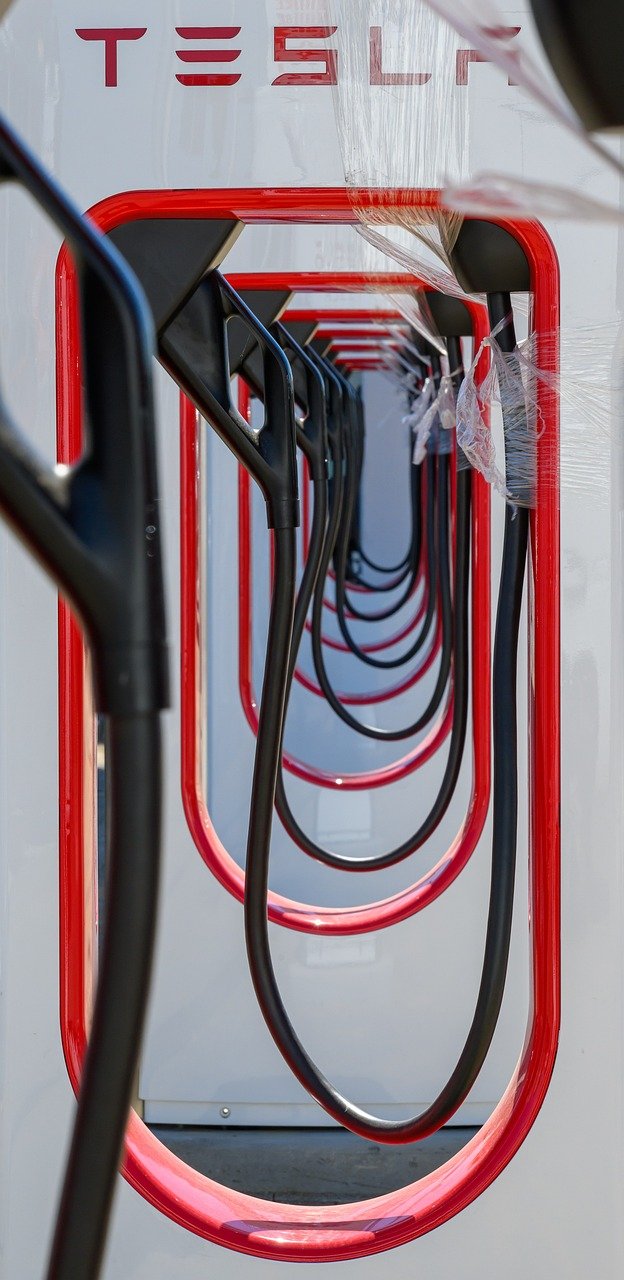
The science behind charging an EV in a single minute is both exhilarating and daunting. Current lithium-ion batteries, which power nearly every modern EV, have built-in safeguards to prevent dangerous overheating and chemical breakdowns. Charging too quickly can cause a battery’s temperature to skyrocket or even spark fires—a risk no one wants. Researchers have turned to solid-state and lithium-silicon batteries, which promise higher energy densities and better thermal management. Some experimental cells have achieved 80% charges in under 10 minutes, but squeezing that down to a single minute means completely reimagining how electrons flow and how heat is dissipated. It’s a race against the laws of chemistry and physics, with billions of dollars at stake.
Lightning in the Lab: Cutting-Edge Battery Breakthroughs
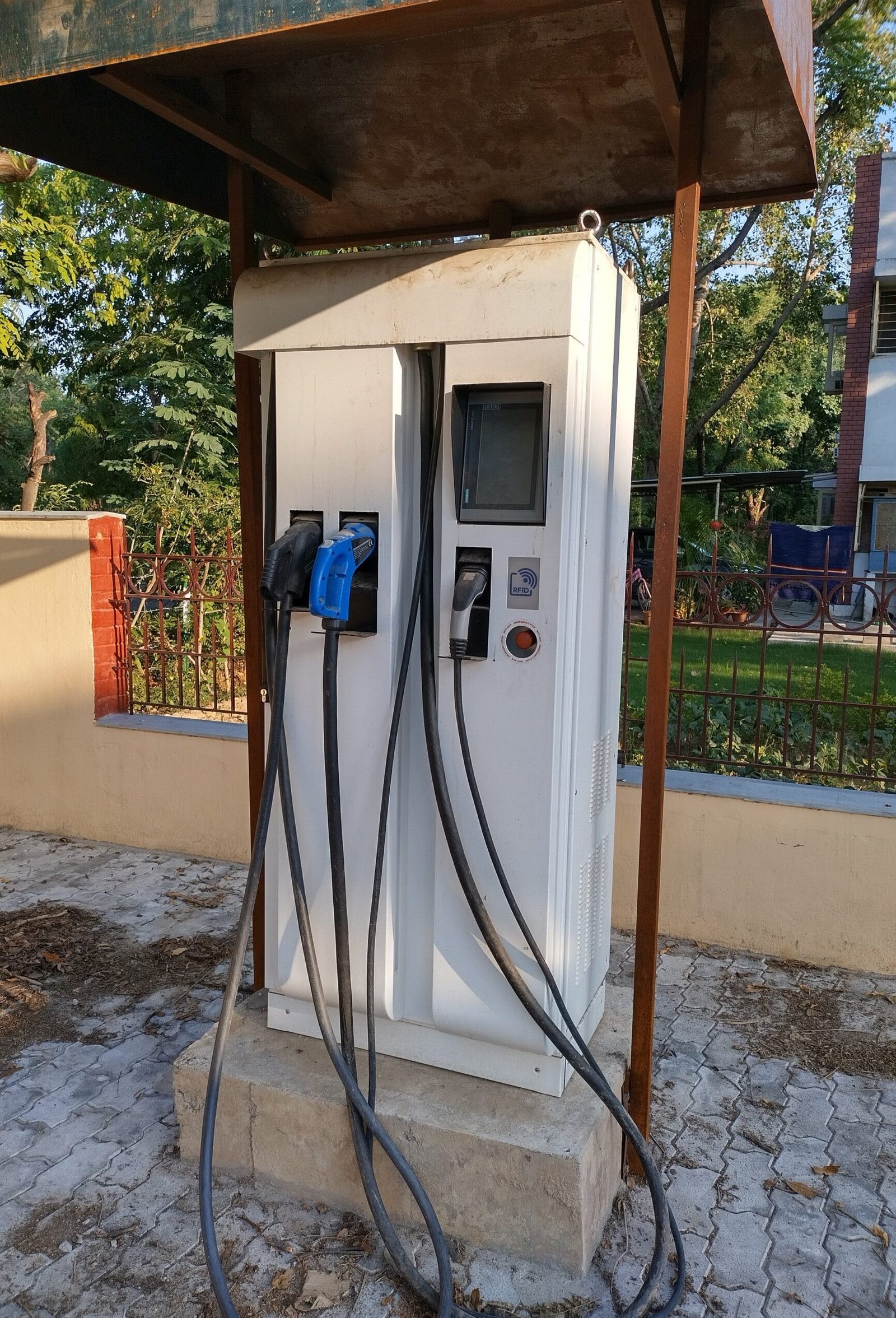
The latest battery breakthroughs are nothing short of electrifying. Scientists at the University of Texas recently introduced a lithium-silicon battery that charges five times faster than today’s standard cells, potentially slashing charging sessions from hours to mere minutes. Meanwhile, startups like QuantumScape and even industry titans like Tesla are pouring resources into solid-state battery research. These new batteries use solid electrolytes instead of flammable liquids, making them safer and more stable at extreme charge rates. In one recent experiment, a solid-state prototype reached a nearly full charge in less than 10 minutes, hinting at a future where 60-second charging could leap from the lab into your driveway.
Gridlock: The Challenge of Supercharged Infrastructure
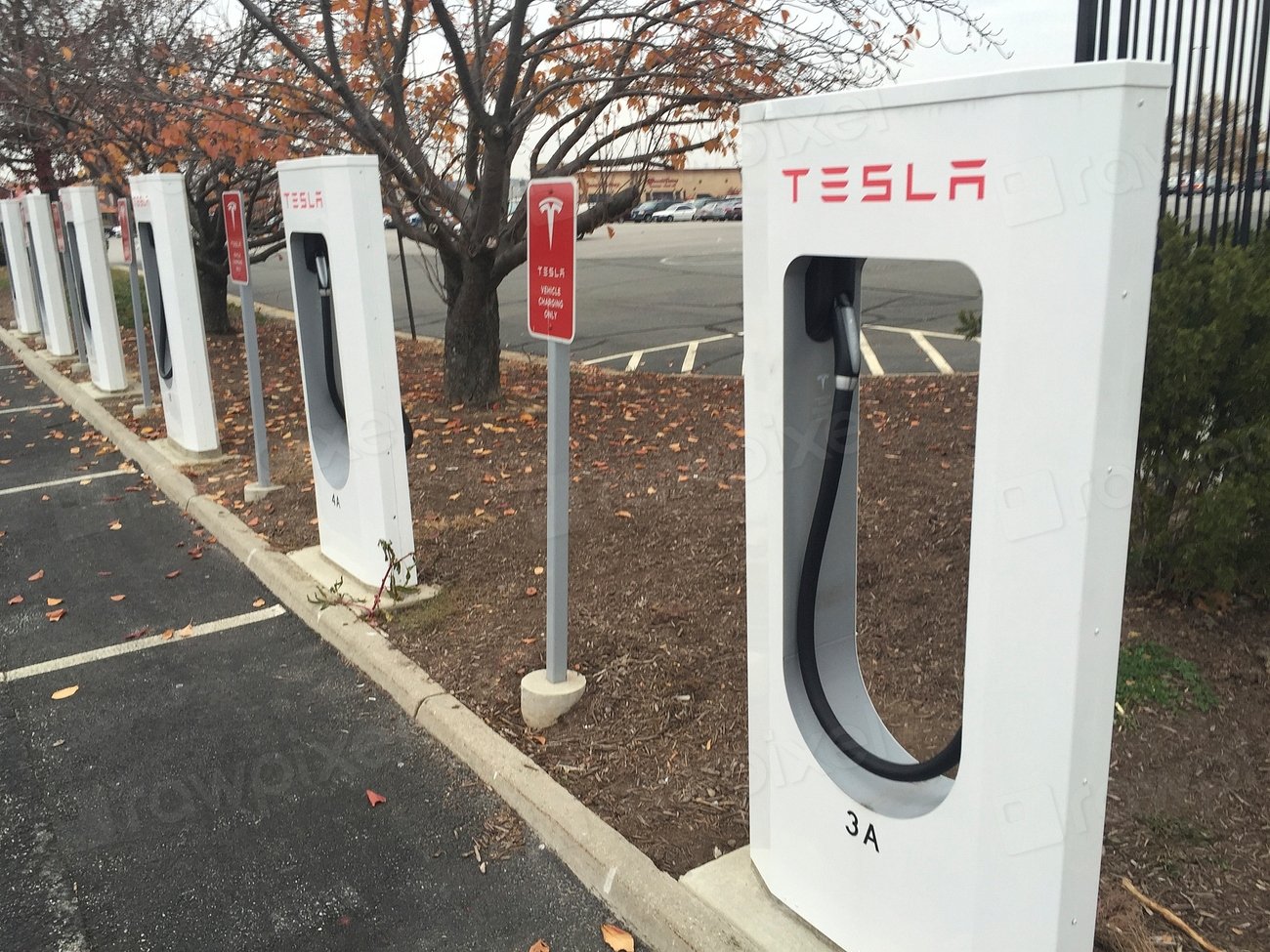
Charging an EV in just 60 seconds isn’t just about the battery—it’s a Herculean challenge for infrastructure. Today’s fastest public chargers max out around 350 kilowatts, but a true 60-second charge for a 60 kWh battery would require an eye-watering 3.6 megawatts—roughly the power needs of a small neighborhood. Power grids and charging stations would need massive upgrades to handle such loads safely and reliably. The International Energy Agency has cautioned that existing grids may struggle without significant investment, and charging cables, connectors, and cooling systems all need to evolve for this kind of energy transfer. The solution could involve localized battery banks or even entirely new approaches to energy delivery.
Revolutionizing EV Adoption: What Would 60-Second Charging Mean?

The impact of 60-second charging on EV adoption would be seismic. Surveys by McKinsey show that 70% of drivers hesitate to switch to electric because of slow charging and “range anxiety.” If refueling became as quick as filling a gas tank, that psychological barrier would evaporate overnight. The EV market could explode, with projections of up to 30 million annual sales by 2030 if ultra-fast charging becomes a reality. Car owners who once dismissed EVs as impractical for road trips or busy lives would have no reason left to resist. It’s not just a convenience upgrade—it’s a cultural reset for personal transportation.
Environmental Footprint: The Hidden Cost of Faster Charging
Rapid charging is a double-edged sword for the environment. While faster charging might tempt millions to ditch fossil fuels, producing high-performance batteries at scale creates its own ecological headaches. The European Commission estimates that battery production can emit up to 150 kilograms of CO2 per kilowatt-hour, driven by energy-intensive mining and processing of lithium, nickel, and cobalt. There’s also the challenge of recycling old batteries and sourcing eco-friendly materials for new ones. As the world races toward 60-second charging, researchers and manufacturers are under pressure to create closed-loop systems and invest in cleaner mining technology to keep the environmental benefits of EVs intact.
The Race to Build Tomorrow’s Charging Networks

Charging networks across the globe are preparing for a future where speed is everything. Electrify America, for example, has announced plans to install over 800 ultra-fast charging stations in the U.S. by 2025, each designed to support next-gen vehicles with higher charging demands. Europe and Asia are seeing similar expansions, with automakers and tech giants partnering to fund new infrastructure. These stations may soon feature robotic arms, megawatt-class chargers, and seamless payment systems, transforming the act of charging into a near-instant, automated experience. The fierce competition to lead this new frontier is sparking unprecedented collaboration and innovation.
Understanding What Drivers Really Want
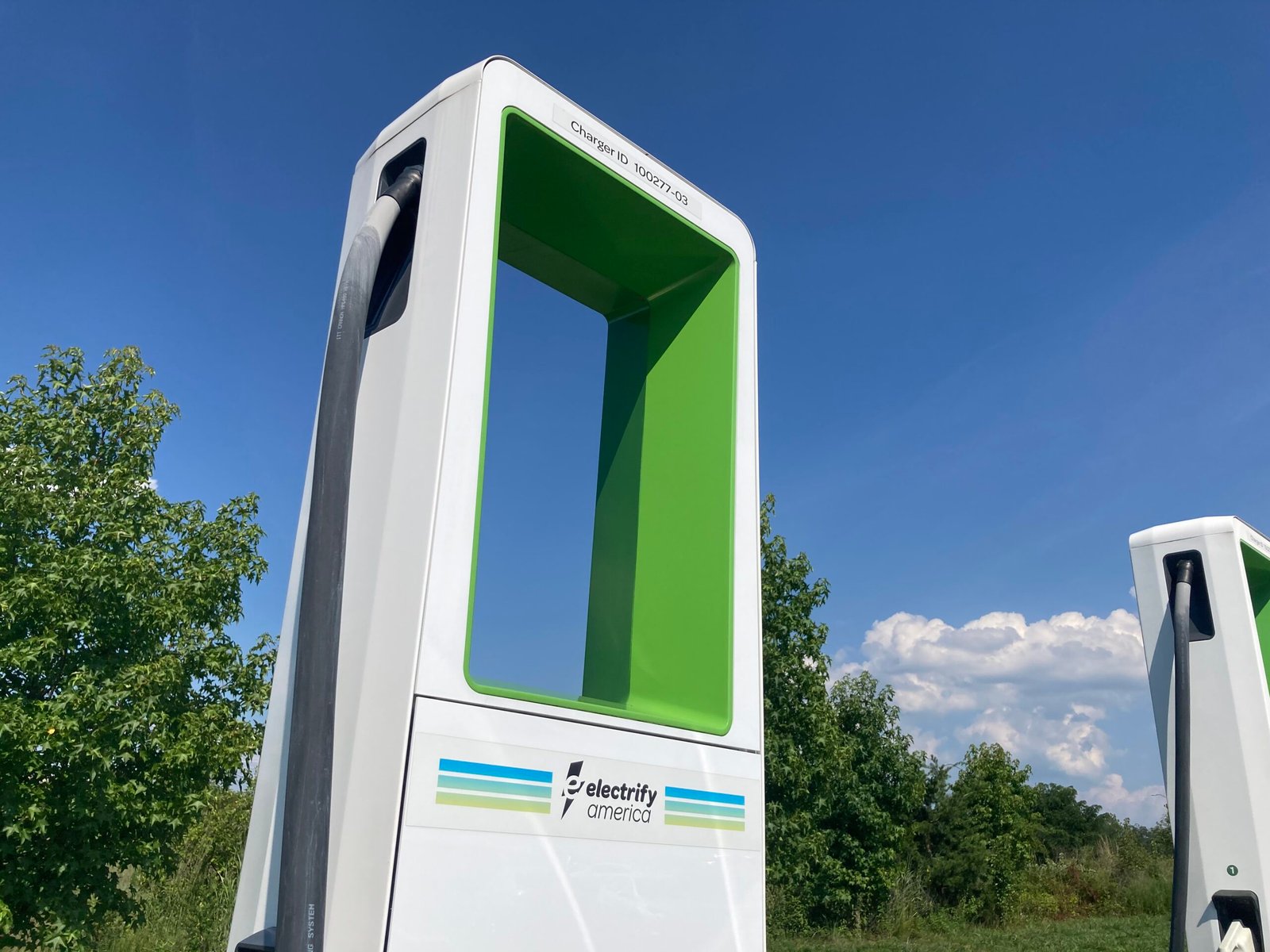
The push for 60-second charging isn’t just about technology—it’s about meeting the evolving expectations of drivers. A Deloitte survey found that 61% of consumers would be more likely to buy an EV if charging times matched those of gasoline vehicles. Customers want convenience, speed, and reliability, and they’re quick to share frustrations about slow or unreliable chargers. Automakers and charging providers are working to decipher these preferences through surveys, customer feedback, and real-world pilot programs. The result is a dynamic feedback loop, with rapid charging innovations shaped as much by consumer demand as by scientific possibility.
Regulation and Policy: Governments Get Serious About Speed
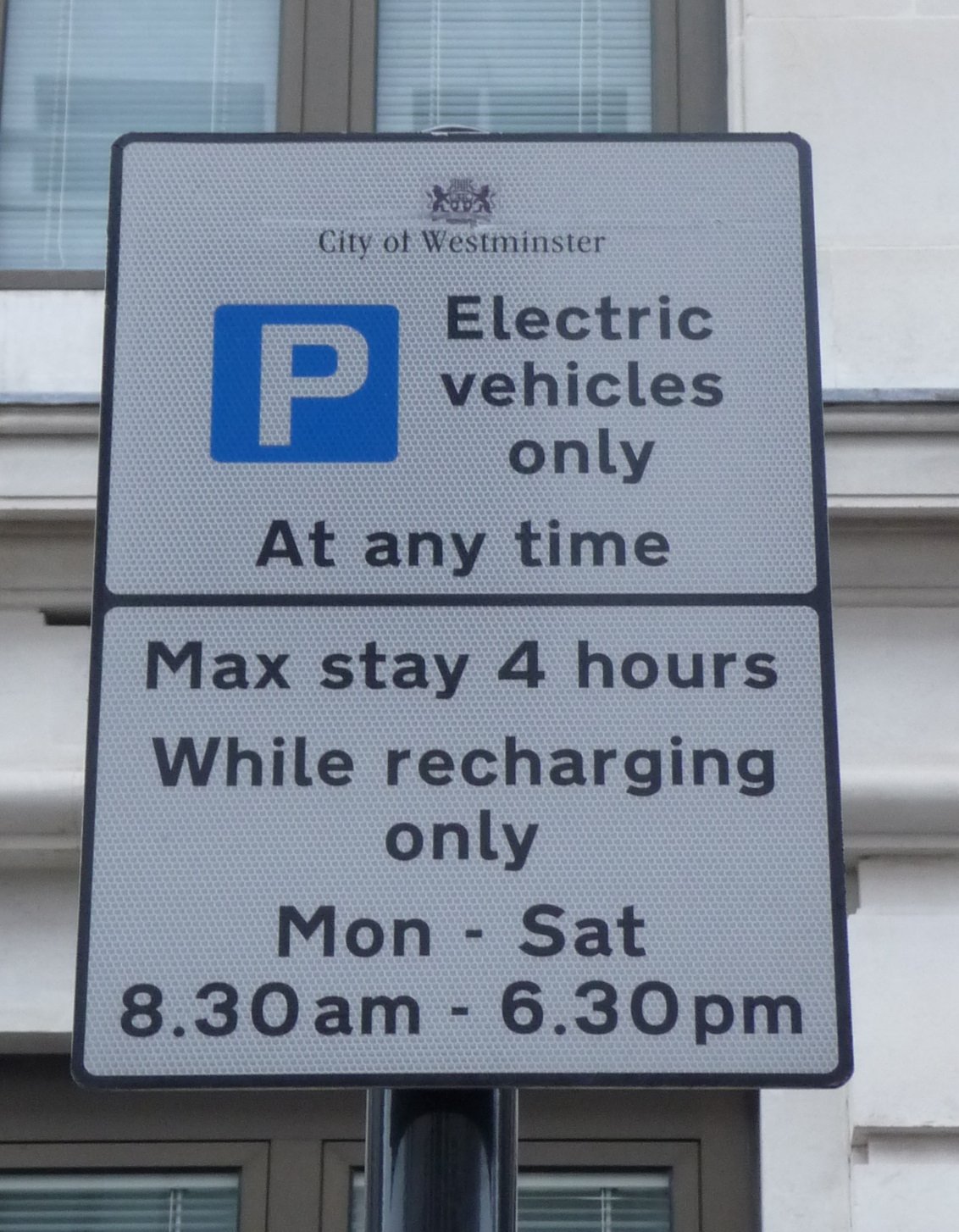
Government action is accelerating the path toward lightning-fast charging. The European Union has set a target of at least 30 million electric cars on its roads by 2030, with strict regulations pushing automakers to phase out combustion engines. In the U.S., the Biden administration has earmarked $7.5 billion for new charging infrastructure, with a focus on equity and rural access. These policies are creating fertile ground for investment in ultra-fast charging and battery innovation. Mandates for interoperability, reliability, and sustainability are shaping not just how fast we charge, but how fair and green the transition will be.
Could 60-Second Charging Become the New Normal?
The vision of charging your electric car in just 60 seconds has shifted from daydream to possible blueprint. With every scientific breakthrough and infrastructure upgrade, the window between fantasy and reality narrows. While fundamental challenges remain—balancing energy demand, battery safety, and sustainable sourcing—industry leaders and governments are setting their sights on a world where EVs are not just green, but also as convenient as they are aspirational. The next few years will reveal whether this electrifying milestone is within our grasp.

